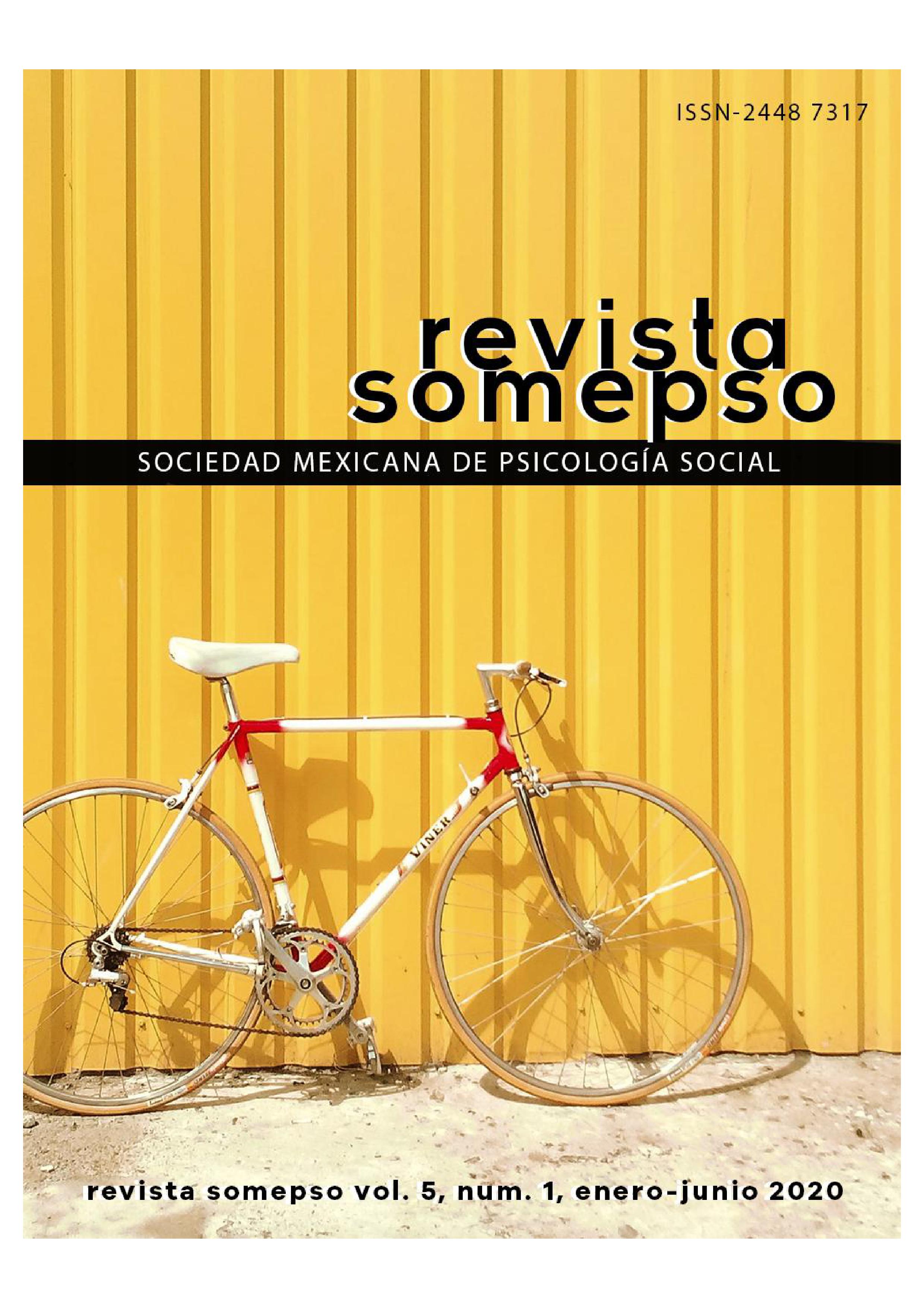From notes to narrative: writing ethnographies that everyone can read
Main Article Content
Abstract
Over the years we are acquiring strategies to build texts that have enough strength to keep the reader attentive and interested, however, that part of the road is usually traveled alone in front of the machine, going and coming between drafts, corrections, comments and new drafts. I have never seen any of my teachers deal with the construction of a text from scratch, perhaps that is why I have the impression that they are all too brilliant and that their work has to emerge smoothly, without hiccups or setbacks. Becker (2011) has given us a good number of examples of this. It seems to me that this is the value of the work that Ghodsee presents, his book is full of examples of the difficulties that many of us experience when we write, the text is built under a fundamental argument: nobody wants to read texts full of unnecessary technicalities.
Article Details

This work is licensed under a Creative Commons Attribution-NonCommercial 4.0 International License.
Creemos firmemente que el acceso al conocimiento debe estar libre de la lógica del enriquecimiento y no debe tener como objetivo el lucro personal o colectivo.
La Revista de la Sociedad Mexicana de Psicología Social de la SOMEPSO está bajo una licencia Creative Commons Reconocimiento-NoComercial 4.0 Internacional License.
References
Becker, H. (2011). Manual de escritura para científicos sociales: cómo empezar y terminar una tesis, un libro o un artículo. Buenos Aires: Siglo Veintiuno Editores.
Hammersley, M. & Atkinson, P. (2001). Etnografía: métodos de investigación. Barcelona: Paidós.

